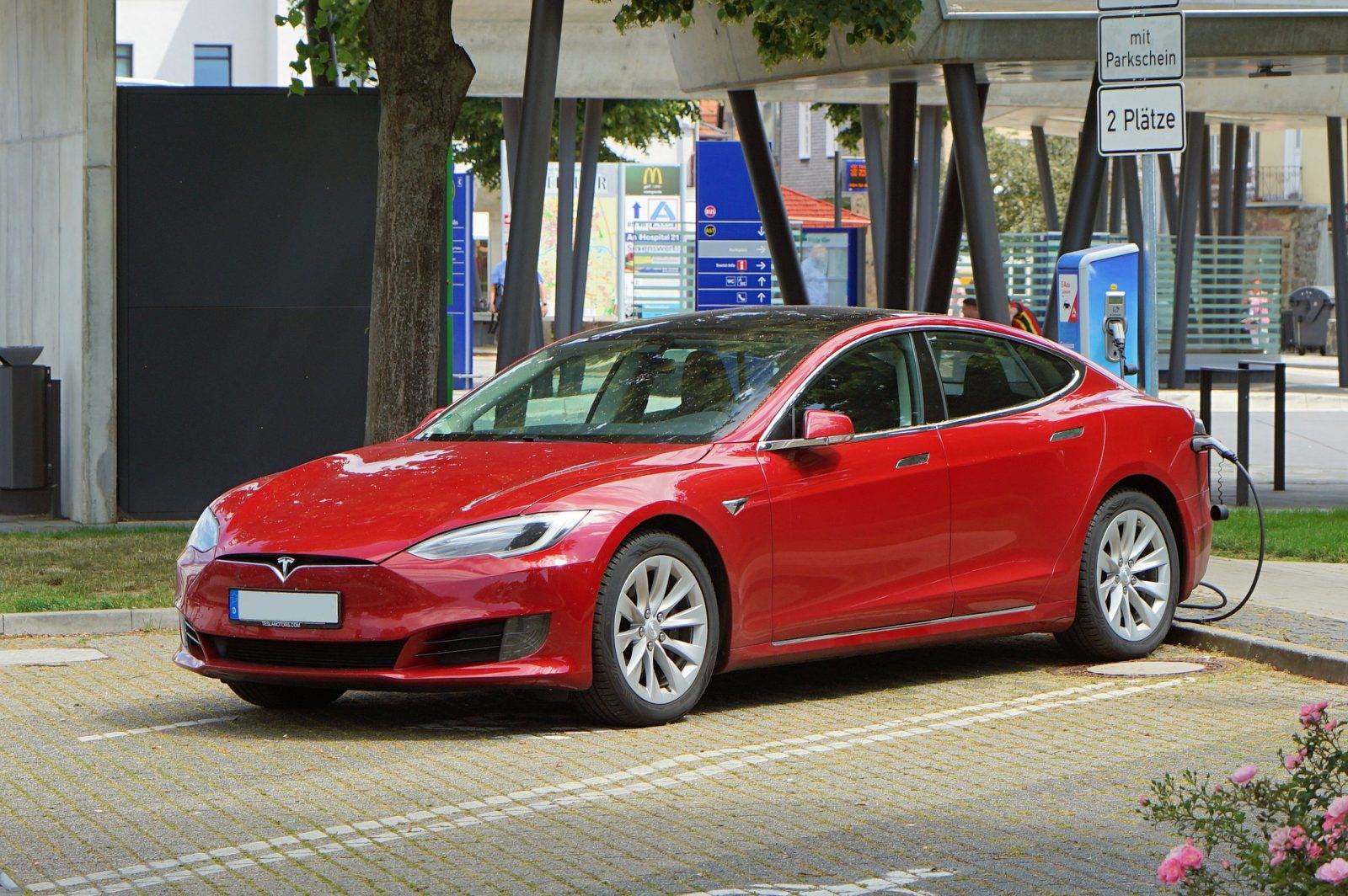Well! Electrical vehicle (EV) is talk of the town in automobile industries. It’s a step forward to a sustainable automobile industry and of course! It’s a need of the hour too. It has less carbon footprint as compared to the conventional petrol and diesel vehicles and can reduce our dependence on oil fuels. It’s our promise to our next generation to have sustainable living and we must live up to our words.
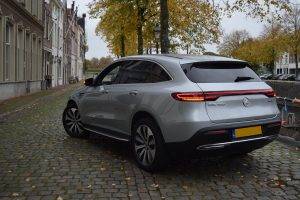
If we look globally, many countries have started planning and acting proactively in this direction to show their commitment towards green initiatives. Norway is leading nation in sales of electric cars. More than fifty percentage of the total passenger cars sold in 2018 in Norway were either electric vehicles or hybrid vehicles. Other two nations were Iceland and Sweden with shares of electric vehicles sales in 2018 at 19% and 8% respectively. But these figures are still at meager level as compared to the total sale of the vehicles in the world.
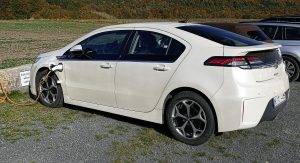
China is the greatest market for electric vehicles sales. In 2018, China has sold 1.2 million new vehicles which are 56% of the total global sales of 2.1 million in the year. US stood second with 3.61 lacs and Tesla has contributed almost half of these US sales of electric vehicles. Many countries of Europe have also shown their commitment to towards the green world. Germany and Scotland has already announced to stop the sale of all new diesel and petrol vehicles by 2030 and 2032 respectively while France and Britain by 2040. Recently Britain has preponed his deadline to 2030.
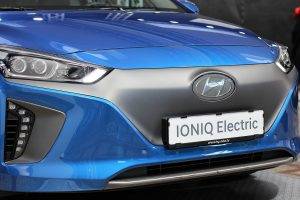
ELECTRIC VEHICLES IN INDIA:
Our government is also not far behind and looks committed to bring presence of electric vehicles to at least 30% of the total vehicles by 2030. They are aspiring to have 100% new production of electric vehicles only by 2030 onward. So, we can assume there will be no new petrol and diesel vehicles after 2030.
When we test this goal with the present reality, year 2019-20 is reasonably good for India in terms sales of electric vehicles. Sales figure of electric vehicles excluding the sales of the e rickshaw raised by almost 20%. As compared to 1.30 lacs in previous year, almost 1.56 lacs electric vehicles were sold in 2019-20. Still, a major contributor is electric-two wheeler, which contributes as much as 97.5 % of the total sales. So, still miles to go before we sleep if we think about the growth of electric vehicles in four wheeler segment. Many companies have started putting their feet in the field of electric vehicles. TATA & Mahindra & Mahindra is industry majors in this field. Maruti is also entering into this field now. Trend gives the hope of faster evolution of the sustainable automobile industry.
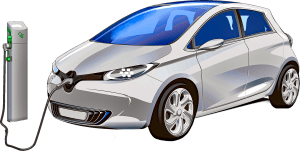
MAJOR HURDLES:
A few areas of concerns for growth of electric vehicles are insufficient Charging stations, dependency on battery imports and high cost of EVs. Electric vehicles are costlier by at least 30% as compared to petrol or diesel vehicles.
Government is making all out efforts to boost electric vehicles which includes proposed complete waiver of registration fees for electric vehicles and also reduction of GST drastically to only 5% as compared to 28% for conventional vehicles. However, this is not enough. Finance for Electric vehicles is also a major issue and Banks have to play a key role to boost electric vehicles for a greater concern of sustainability while taking care of profitability also.
ROLE OF BANKS IN GROWTH OF ELECTRIC VEHICLES:
Until and unless Banks do not take any proactive role to promote electric vehicles, we can’t expect any considerable jump in the sales volume. However, it’s not easy to finance these cars as the financial viability for various income groups will have to be reviewed. A fresh dashboard of eligibility criteria has to be devised and it’s not an easy task. It may be easy for the net annual income group of above Rs.6.00 lacs. But customers below this income group may be at high probability of default of repayment. So, financing for the High net worth Individuals and Commercial fleet may be a good initiation. The reason behind this is the repayment capacity. With increase in net monthly income or net annual income, comfort to go for higher ratio of Equated Monthly Installment (EMI) to Net Monthly Income (NMI) increases and same is reflected in present car loan EMI/NMI ratios of any bank. Net absolute surplus increases with increase in NMI or NAI. So, higher cost will come in the way and the eligible customers will be reduced. Cost consolidation in lower brand at later stage and sufficient charging stations in every city may become an enabler to boost these vehicles.
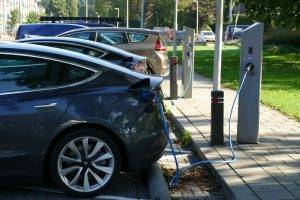
Leading Bank of India, SBI has a unique product “SBI Green Car” for financing Electric Vehicles. It offers reduced interest of 20 basis points and longer tenure for repayment of loans for electric vehicles in line with the government’s endeavor to have 30% of total vehicles to be Electric vehicles by 2030. Axis Bank has also a tailor-made product for electric car finance. Many other banks offer the loan for electric vehicles but specific tailor made product for these vehicles is a need of hour to boost these vehicles. The financial viability issue can be well addressed with increase in numbers of the electric vehicles and decrease in cost of production as the profitability will increase with increase in volume.
To sum up, electric vehicle is a big hope in the direction of the green and sustainable automobile industry. But, there is a lot to do before it becomes a choice of manufacturers as well as of consumers. In this journey, Government has of course a major role to play to give it a pace and proper direction. The journey will be possible only with the help of feasible finance options for electric vehicles. Banking industry has to play a role of proactive enabler to fulfill the dream of sustainable automobile industry.
Deepak Parmar
AGM & Director, SBILD Bhavnagar.
(Author of the Book “Heart Beat is Chargeable Now”)


